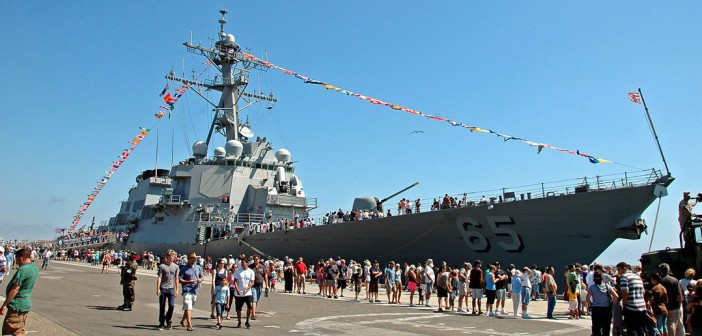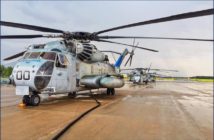Speaker: CDR Paul Werring, Executive Officer Seal Beach Navel Weapons Station
September, 2014 Luncheon Briefing Summary
Gramps was delighted to have CDR Paul Werring, the executive officer at the station with us to tell us the history and significance of the Naval Weapons Center at Seal Beach.
In February of 1944 construction began on the Seal Beach Naval Ammunition And Net Depot (NAND). In November of that year the base opened. In January of 1954 the first Guided Missile Service Unit was opened. In July of 1956 the channel was dredged to a depth that allowed “Wharfside Loading Of Ships.”
In September of 1962 the depot name changed to “Navy Weapons Station Seal Beach” to reflect the mission change. Recently, in 2006, the “Navy Munitions Command” was established.
The base occupies 5256 Acres with 589,000square feet of storage, over 50 miles of railroad track, 80 miles of roads, and provides jobs for 530 civilians and 150 military personnel, with 8oo reserves as well.
The end purpose was to enable the Navy to provide combat ready forces that can win wars, deter aggression, preserve the freedom of the seas and promote peace and security.
The functions served include inspection and storage of Navy and USMC ordinance, wharf-side munitions loading and unloading of Navy surface combatants and medium deck amphibious assault ships as well as maintenance on selected Navy weapons systems.
Some of the systems include Standard, ESSM, and Tomahawk missiles, light weight torpedoes, and exercise mines. They load ships with missiles, torpedoes, and gun ammo from 9mm to 5-inch shells. They service 50 ships a year on average.
The Pacific Fleet has the responsibility for the Persian Gulf, the western Pacific including Korea and China and has 60 ships engaged in this area.
In addition to Seal Beach there are eleven other Naval Bases in California and Nevada.





